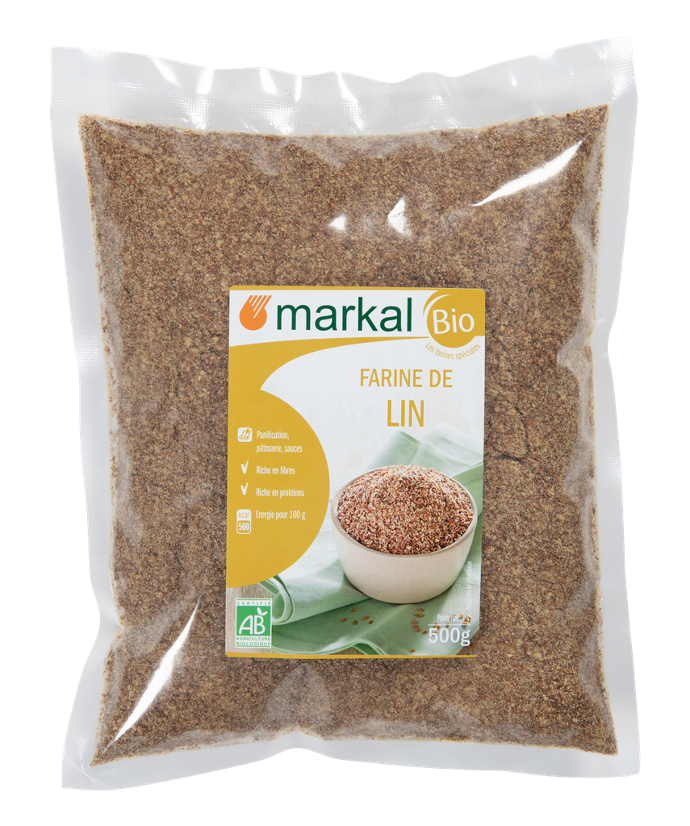Everyone knows about green clay poultices. Relieve pain, clean wounds, soothe sprains, repair fractures, clear bronchial tubes, stop bleeding... The list of benefits is long! But there's a whole world of plants you can use in poultices instead of clay, each with its own particular effect.
You can't change a winning recipe
The use of crushed plants or materials such asargile on the skin dates back to ancient times. These simple methods evolved into plasters based on plants, resins, wax and other ingredients. In short, we put on our skin whatever seemed good for our health. In 1867, French physician Paul-Jean Rigollot introduced the modern variant of the plaster, which he called " sinapisme ".
This poultice made from kraft paper covered with black mustard paste helps to relieve congestion in the respiratory tract. And it's still sold in pharmacies today.
How does a poultice work?
A poultice is a paste applied to the skin. It can be thick and cover a large surface area for a variable length of time, from 10 minutes to 1 hour, or even overnight in some cases. Poultices work through two important mechanisms:
1) The effect of natural ingredients
Thanks to the skin's permeability, the components penetrate the body and release their antiseptic, astringent, soothing and other properties. Some irritant plants, such as nettles, can even be used to stimulate blood circulation to the treated area, accelerating the body's anti-inflammatory response [1].
2) Thermal action (hot, cold or warm)
The thermal effect either dilates blood vessels and improves circulation (heat), or constricts them and dissipates congestion (cold)[2] The choice of temperature therefore depends on your tolerance and the desired effect (as some poultices need to be warmer than others). By combining these two actions, poultices relieve the skin (burns, itching) and deep tissues (muscle and joint pain, etc.).
Guide to making poultices at home
For the material you will need :
- Bandage of gauzeto apply the paste.
- Compression bandage elastic bandage to hold plaster in place.
- Cellophane to prevent the poultice from drying out too quickly (only for cold pastes).
- Container and kitchen equipment (Pyrex bowl, saucepan, wooden spoon) to prepare your dough.
For kitchen equipment, choose non-metal materials. This will avoid oxidizing fresh herbs and making them less effective.
3 poultice recipes to try
Here I present 3 recipes for poultices, but you can of course invent your own preparations based on the plants that make you feel good.
1. Flax poultice for coughs
- Indications: wet or spasmodic coughs, bronchitis, colds or pain soothed by heat, such as torticollis or muscular tension.
- Benefits: warming, stimulates blood circulation.
- Preparation : moisten 4 to 5 tablespoons of flax meal with a little boiling water. Mix to a good consistency. Place the hot paste on a clean cloth or gauze. Cover with the same material so that the preparation does not come into direct contact with the skin. Apply warm. Repeat 2 or 3 times a day, several days in a row if necessary. Flax is to be used only once.
2. Cabbage poultice as a disinfectant
- Indications: contusions, infections (abscesses, panaris, boils, infected wounds), sciatica, renal colic, bronchitis, rheumatism, headaches, breast engorgement.
- Benefits: decongestant, anti-inflammatory, highly effective bactericide.
- Preparation: Take a few fresh leaves of kale or white cabbage. Remove the midrib. Wash and crush the leaves with a rolling pin to sweat out the juice. Apply 3 layers to the affected area and cover with an elastic bandage. Keep in place for about 1 hour.
3. Onion poultice soothes aches and pains
- Indications: sore throat, otitis, liver congestion, joint pain, hemorrhoids, menstrual pain, sores, burns.
- Benefits: painkiller, antiseptic, decongestant.
- Preparation : finely chop the onion to a good thickness (1 cm), then fry for a few minutes in a pan. Spread the mixture on a cloth or gauze and close. Apply warm to the target area, then wrap with an elastic band and a cloth or scarf. Leave on for 15 minutes to 1 hour, and repeat as often as necessary.
A few precautions to take with poultices
- Beware of burning with hot poultices! The golden rule: applying the poultice must feel pleasant.
- Hot poultices should be avoided in cases of fever, most inflammations, stomach ache of unknown origin or cardiovascular disease.
- Cataplasms should be avoided by the very elderly or in cases of psychological disorders. For children under 7, prefer warm pastes (less than 38°C).
- Consult your doctor if you don't know what you're suffering from before using poultices.
What are your poultice recipes?




